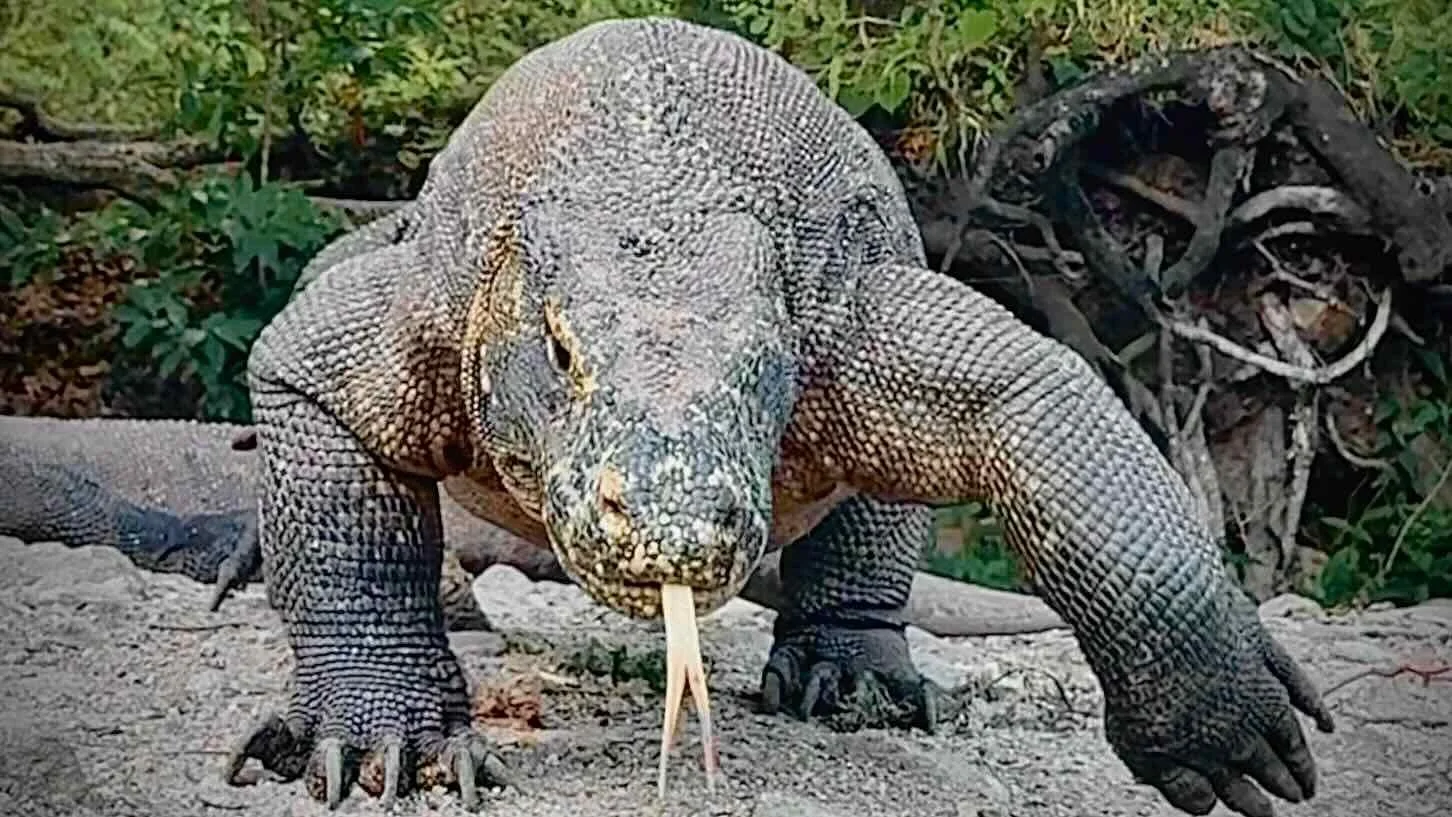Enter the Dragon
This story was published in Nikkei Asia here in July 2025.
“Here Be Dragons” was a rather poetic turn of phrase favoured by cartographers in the past to indicate terra incognita. But on one sixteenth century map of what is now Indonesia, it was unwittingly accurate. Though the area in question was unexplored by Europeans at the time, it was already well travelled by local people, who had long known it as Nusa Nipa, or Dragon Island.
When Europeans did eventually arrive at its coastal villages to trade, they heard tales of fearsome beasts lurking inland, but dismissed these as mere fairytales and folklore. It was only centuries later, when a curious Dutch colonial officer mounted an expedition to the interior and eventually returned carrying the dead body of a Komodo dragon, that these outsiders realised the locals had been telling the truth all along.
During a recent visit there myself, I was following my guide through the brush in the searing afternoon heat when he suddenly froze and then slowly raised his forked stick to point at a nearby tree. Under it, lounging in the shade, I had my first sighting of this most extraordinary of creatures. Though strictly speaking giant lizards, the Komodos’ enormous size well justify the dragon moniker - they can reach up to three metres in length and weigh in at nearly ninety kilogrammes. And while they may not breathe fire, their mouths contain something just as deadly: toxic venom glands that allow them to take down pretty much anything they set their eyes on. That includes deer, buffalos, and even humans, given that they can comfortably outrun us.
But though there have been a handful of tragic fatalities in past years, on the whole the local community lives in harmony with the dragons. This gives a glimmer of hope for what is now an endangered species, with just a couple of thousand individuals left in the wild across this and neighbouring islands of the Lesser Sunda group.
It is a glimmer that is further brightened by another remarkable biological feature of these animals, an ability that the people living with them have long talked about but which outsiders scoffed at until its observation in a British zoo: female dragons have the rare talent for pathogenesis or the ability to produce fertilised eggs without having first mated with a partner.
Those past dismissals of dragon stories by foreigners are part of an enduring global trend. For example, outsiders long mocked tales of the gorilla and the giraffe in Africa and of the panda in China. Here in Indonesia, travellers had similarly rejected stories of the ebu gogo, a bipedal creature that was said to be half-ape and half-human, standing a metre or so tall, covered in hair, with long gangly arms. Local people had recounted tales about it for centuries which visitors routinely derided as nonsense or maybe just the misidentification of a monkey. That was until, in a familiar turn of events, a body showed up.
I had to drive for several hours along narrow, twisting roads through the mountains and jungle to reach the site where they’d found it, a remote cave deep in the interior of the Indonesian island of Flores. It was here in 2003 that a joint Indonesian-Australian archaeological team had come to look for evidence of early humans.
During one of their excavations, they unearthed what they thought was the top of a child’s skull, but as they carefully burrowed down further to excavate it, they found it had the teeth of an adult. What they actually stumbled upon was the find of their lives - the skeleton of a whole new species. They went on to dig up another fourteen of them in the same cave.
Experts confirmed that the bodies that these skeletons once supported would have looked like a cross between a human and an ape. They named the new species Homo floresiensis after the island where they had been discovered, but the morphology was also a striking match with those stories of the ebu gogo passed down by local people for centuries.
So much so that the editor of the prestigious scientific journal Nature described the discovery as a wake-up call for scientists and urged them to start taking indigenous people’s stories of allegedly mythical creatures much more seriously. He emphasised how it showed that such stories could well be founded on elements of truth, for example ancestral memories of what were once very real creatures.
It is also a refreshing reminder for the rest of us that humanity has not yet catalogued everything in books or on the internet, and that centuries of accumulated, lived experience of nature can still offer astounding new knowledge and insights. In other words, that there’s thankfuly still plenty of terra incognita out there.




